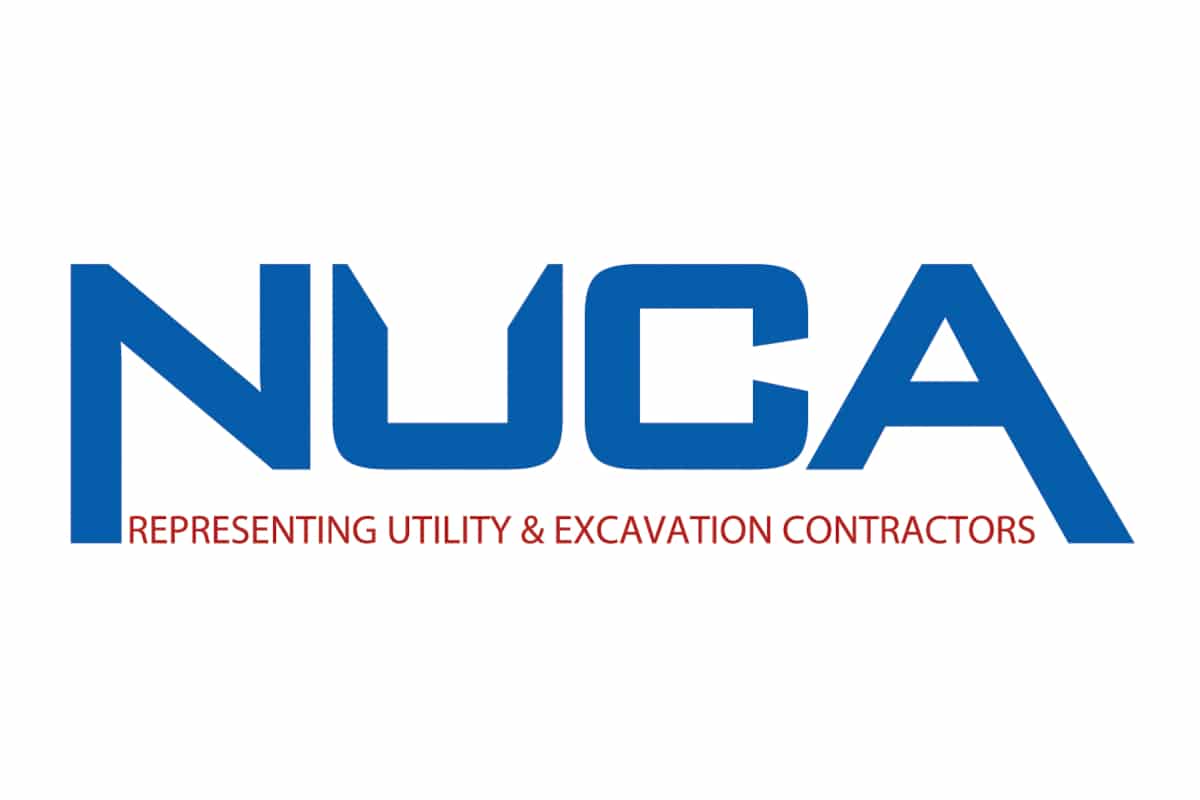
NASSCO Report – Leveraging AI for Sewer Inspection QA/QC
In 2021, the City of Houston began using AI to enhance its condition assessment processes. By June 2023, the City had expanded its adoption of AI-powered tools to streamline QA/QC for sewer inspections. Combining computer vision, cloud-based data management, and inspection software, the AI system evaluates CCTV inspections against project specifications.
Challenges in Houston
Houston faces the monumental challenge of maintaining its wastewater infrastructure while complying with a federal consent decree aimed at eliminating sanitary sewer overflows (SSOs). With more than 6,000 miles of pipes, 133,000 manholes, and 39 treatment plants serving 2.2 million residents, Houston needed a transformative approach to meet aggressive repair and inspection goals. This case study explores how artificial intelligence (AI) has modernized the city’s inspection processes.
Houston’s wastewater system is strained by its vast urban footprint, flat terrain, and frequent tropical storms. These conditions have historically caused SSOs during heavy rains, prompting the EPA and Texas to issue a consent decree in 2021. This decree requires extensive upgrades, including repairing or replacing 150 miles of sewer pipes annually and cleaning 275 miles of small-diameter pipes in high-priority areas.
Key Features
- Comprehensive Automated Checks: AI validates NASSCO Pipeline Assessment Certification Program (PACP) survey headers, ensures operators’ certifications, and verifies crawler distance counters, camera speed, and video playback.
- Customizable Parameters: Users define “hard” and “soft” no-pass criteria, including specific PACP condition codes.
- Optical Quality Analysis: The system assesses video clarity and compliance with standards for camera speed and water levels.
- Dashboard Insights: A real-time dashboard provides updates on inspection status, corrections, and quality issues.
- Collaborative Annotations: Users can tag stakeholders with notes to evaluate edge cases and enhance transparency.
- Automated Critical Defect Alerts: Alerts for major defects, such as pipe collapses, are issued following AI reviews by PACP-Certified individuals.
Automating QA/QC
By automating QA/QC tasks, the platform reduces manual review time, allowing engineers to focus on planning and design. Analysis of 28,000 CCTV inspections (from CSV data exported from the PIONEER platform over a one-year period) revealed a 55 percent reduction in contractor data submittal failures, from nearly 50 failed surveys per month to an average of 22. This reflects better contractor performance and improved data accuracy.
The AI-powered process has improved efficiency, reduced overhead costs, and ensured accurate contractor invoicing. Accounts payable processes for contractors have also accelerated, yielding cumulative savings of more than $1 million. This streamlined workflow enables the city to meet compliance goals while providing reliable data for long-term planning.
Greg Eyerly, senior assistant director for Houston’s Public Works department, highlighted the platform’s impact, “The data is readily available both in the app & via an API, making it easier for operations to make critical decisions required to maintain the collection system. [This system] reduced the internal labor hours needed to code & review, & the data is more precise.”
Adopting AI
Adopting AI tools is part of Houston’s broader strategy to modernize wastewater management. The city has deployed digital monitoring sensors and explored other technologies, such as 360-degree cameras for manhole inspections. These initiatives reflect Houston’s commitment to addressing aging infrastructure and adapting to future challenges.
Houston’s experience demonstrates AI’s potential to address large-scale infrastructure challenges. By improving inspection accuracy and efficiency while delivering actionable data for repairs, AI has become integral to the city’s strategy. Houston’s approach serves as a model for municipalities nationwide seeking technology-driven solutions to achieve compliance, reduce costs, and ensure long-term resilience.




